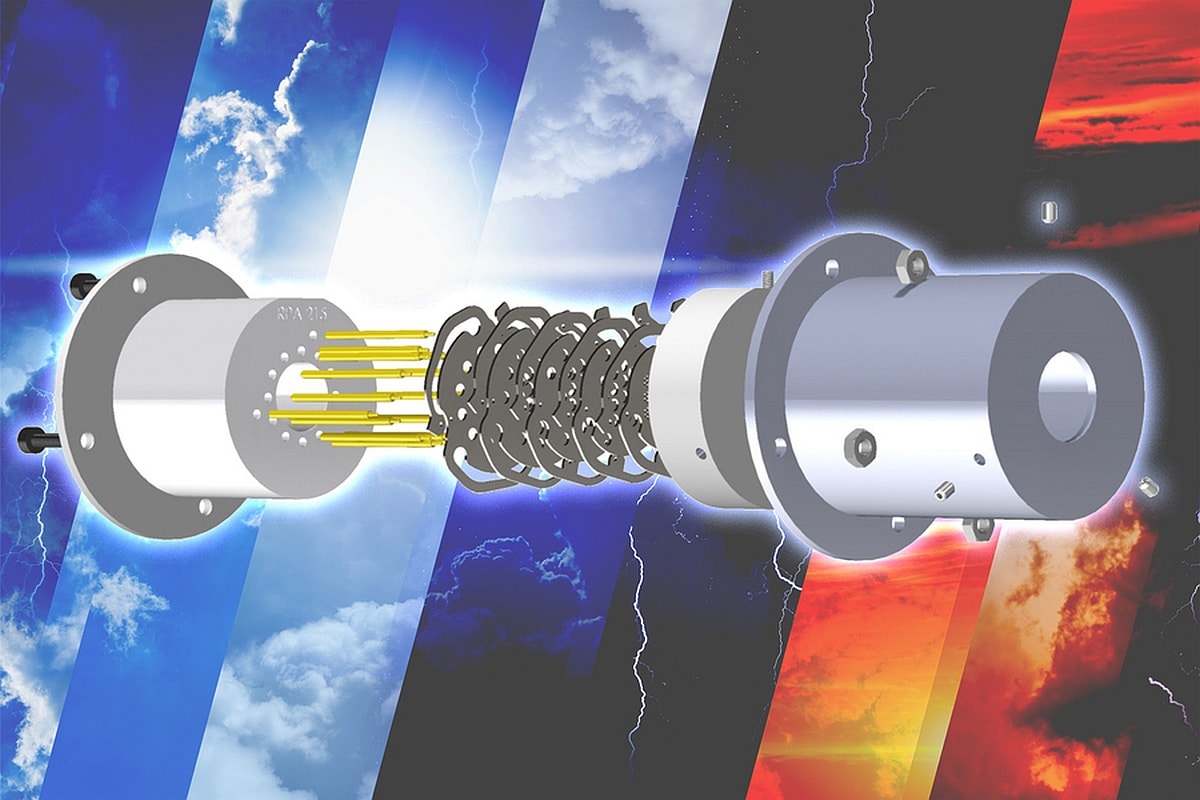NASA said a gigantic asteroid is set to make a close approach to Earth this week. Scientists have determined the size of the space rock — called 2013 BO76 — to be around 200-450 metres wide, and it will be travelling at a staggering speed of 50,000kmph. Although NASA has classified the asteroid as “potentially hazardous”, it is expected to fly by Earth at a safe distance. The asteroid — the size of a football stadium — will make its closest approach to Earth early Friday India time, according to NASA.
NASA said that at its closest, the asteroid will be over 51 lakh kilometres away from us — more than 13 times the distance between moon and Earth. So, why is it categorised as potentially hazardous? The classification is used by scientists based on an asteroid’s size as well as its potential to make close passes to Earth. It does not necessarily mean the asteroid is dangerously close to Earth.
So, why is it then called a “close approach”? It’s a relative term. Astronomers see some asteroids as making a closer pass by Earth than they usually do. In reality, these close approaches could be several times the Earth-Moon distance.
This is why asteroid BO76 has featured among NASA’s list of upcoming “Close Approaches”.
According to NASA’s Center for Near-Earth Object Studies (CNEOS), when asteroid BO76 will make this close approach this week, it’s velocity would be around 50,000kmph.
Object name ☄️: (2013 BO76)
Is potentially hazardous ????
Close approach date ????️: 2022-Mar-24 22:55
Estimated diameter ????: 202.56 to 452.94 meters
Relative velocity: 49513.45 km/h
— Near-Earth Objects (@ws_neo) March 22, 2022
On a daily basis, CNEOS continuously tracks heavenly bodies to issue warnings about those coming closer to us. But the agency has regularly assured that it has not found a big asteroid posing a risk of collision with Earth for the foreseeable future. Small asteroids fall from space across the world often. The last time a gigantic asteroid hit the Earth, it wiped out the dinosaurs from the planet.
NASA is working on a technology to be able to alter the trajectory of an asteroid that posed any threat to Earth.








